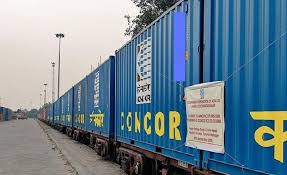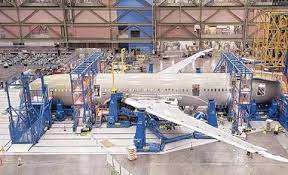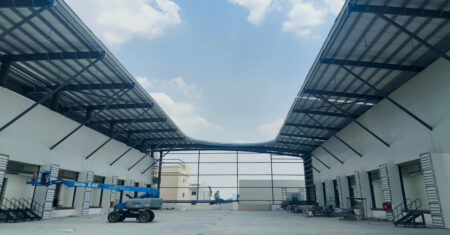Cathay Pacific is presumably in talks with Boeing and Airbus about a potential order for up to six next-generation freighters to expand and replenish its fleet of 20 747 cargo jets, while indicating that the peak holiday shipping season in 2021 and other years will be much quieter.
As per reports, Cathay Pacific is considering the new Boeing 777-8 freighter and the Airbus A350. Although conversion of existing Boeing 777 passenger jets is an option, Cathay has traditionally preferred new builds.
According to airline data provider ch-aviation, the Hong Kong-based airline currently operates six Boeing 747-400 freighters with an average age of 13.8 years and 14 Boeing 747-8s with an average age of 9.7 years. Both planes are still in development and will not be ready for production for several years.
Cathay Pacific’s large passenger fleet includes 44 A350 aircraft, the foundation for the new freighter version.
Despite the punishing effects of Hong Kong and China’s stringent regulations on the COVID-19 crisis, which have grounded most of its passenger fleet for more than two years and forced freighters to remain on the ground for extended periods of time, Cathay Pacific remains one of the world’s premier cargo airlines. Nonetheless, the pandemic has had an impact. According to the International Air Transport Association, Cathay dropped from the fifth largest carrier by volume in 2020 to ninth last year.
Cargo has been Cathay’s lifeline, accounting for nearly 80% of total Cathay Group revenues in 2021.
Milder Peak Season
Nonetheless, the airline’s most recent traffic figures show that summer demand remained weak in August, with cargo volumes down 23.3% compared to last year and minus 35% compared to 2019. Mass quarantines and heat waves in major Chinese cities disrupted the flow of raw materials and components to factories, hampered Chinese manufacturing, and reduced Cathay Pacific’s exports.
On the one hand, the outlook for cargo is improving as Hong Kong finally opens up to travel and China lifts more municipal COVID lockdowns. However, China’s ongoing production challenges and darkening economic clouds caused by inflation have reduced global freight demand.
In the forward of the carrier’s monthly newsletter, George Edmunds, general manager for cargo commercial sales, said that “We are hopeful that the local restrictions on the Chinese mainland will start to lift, resulting in an increase in industrial output to meet traditional year-end demand, and thus a shorter but solid peak season.”
Edmunds added that demand is likely to increase following China’s national holiday, which runs from October 1–7. During “Golden Week,” most Chinese factories close, and ocean and air carriers reduce service levels.
FedEx Express shocked markets two weeks ago when it announced that the global economic slowdown had resulted in dramatic volume declines, forcing it to curtail trans-Pacific and other flights.
Cathay Pacific began warning a month ago that this year’s traditional busy season for air shipping will be muted due to high living costs, forcing people to focus on necessities and ongoing supply chain disruptions.
This year, Cathay Pacific Cargo has wavered between restoring its entire freighter network and cutting back. Most freighter aircraft were grounded at the start of the year to comply with Hong Kong’s rules requiring returning pilots to stay in quarantine for seven days. Typhoons temporarily disrupted Cathay’s carefully synchronised crew rotations for China flights after service was gradually restored over several months.
Cathay Pacific will have approximately two-thirds of its total cargo capacity for 2019 by the end of December, up from approximately 59% during the summer.
According to Ronald Lam, chief customer and commercial officer, in a statement released alongside the traffic figures, cargo capacity was 11% lower in August than the previous year due to the airline no longer operating as many long-haul, cargo-only passenger flights.
“Looking ahead to next year, we expect capacity out of Asia to remain constrained, possibly until Q2 or beyond, due to ongoing passenger movement restrictions in the Chinese Mainland,” Lam said. “However, as production and demand normalise, we expect the market to be relatively well balanced.” This will be at lower levels than in the previous 18 months, but it is worth noting that it will still be well above historical averages. “
Edmunds stated that the sea-freight feeder service from Dongguan’s mainland logistics park to Hong Kong International Airport will begin in late October, with pre-cleared pallets bypassing customs and going directly to aircraft for loading. The system, which was supposed to go live in September, was put in place to avoid COVID-related trucking restrictions on traffic between mainland China and Hong Kong.
The current trade slowdown has not dimmed projections for long-term air cargo growth, which is why Cathay Pacific and other carriers continue to invest in fleet upgrades.











